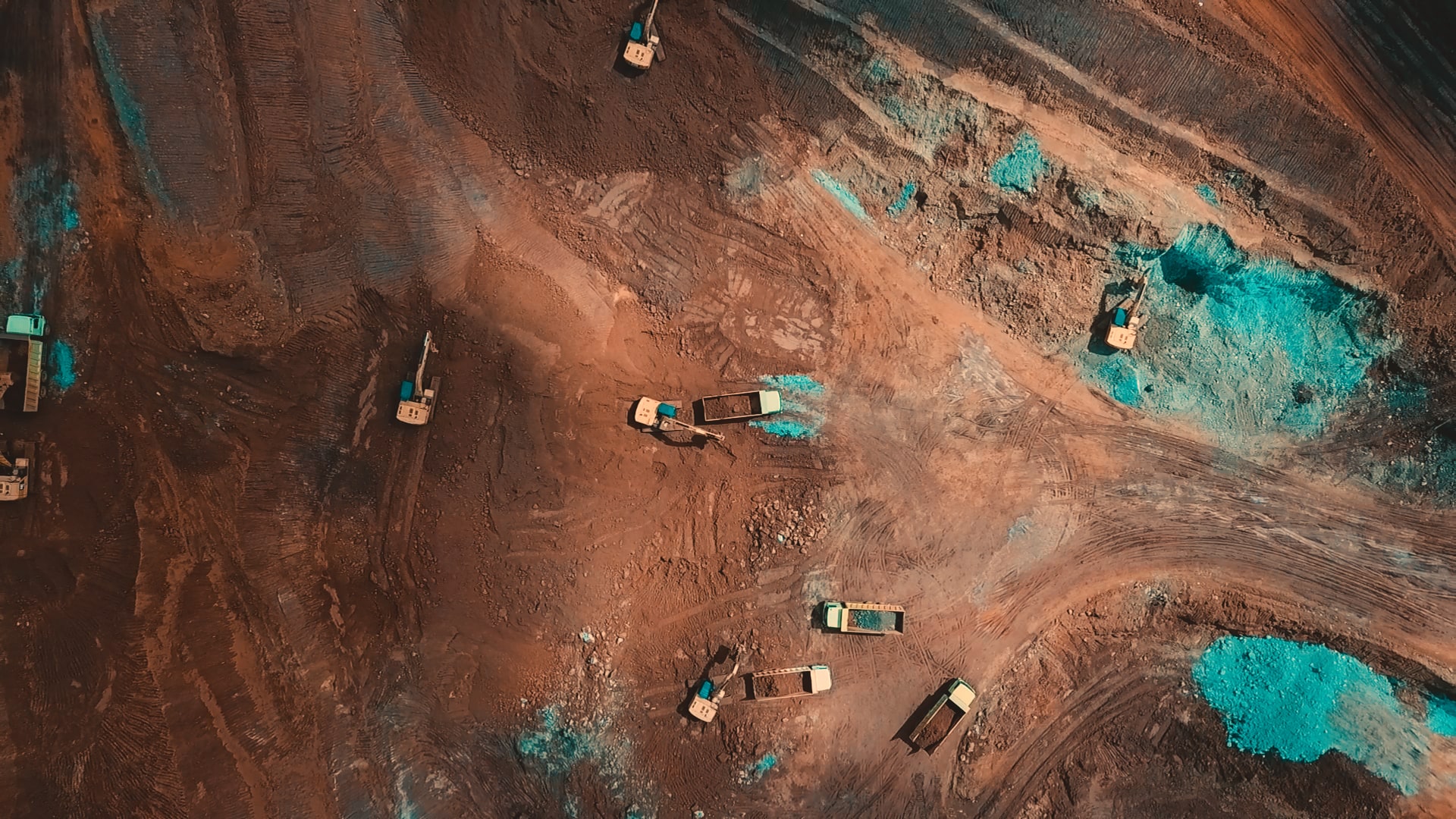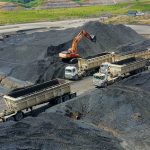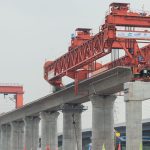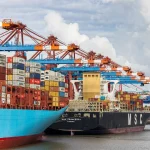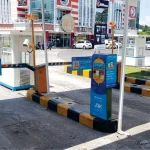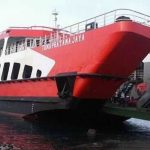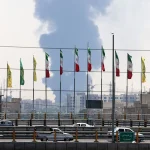Liga Asuransi – Dear readers, how are you? I hope your business is doing well.
Talking about risk management and insurance is endless because every business activity always has risks.
Some risks cannot be avoided, and they must be borne. But on the other hand, some risks can be transferred to the other party, which is called risk transfer. The risk transfer mechanism is called insurance coverage.
For the success of a business, as much as possible, every risk that exists should be transferred so that the burden of risk is not all your responsibility. However, it takes work to share the risks; for this reason, assistance from insurance experts is needed.
The Nickel Business
As we know, there is currently a shift in the use of motorized vehicles from fossil fuel-based vehicles to vehicles using electric power, or called electric vehicles.
The primary material for electric vehicles is electric batteries made of nickel. For these needs, there is currently such a high activity in the nickel mining industry, ranging from mining activities, ferronickel processes, shipping and construction of battery factories, and other supporting industries.
Billions of dollars have been and will be poured into realizing this plan.
Behind the opportunity, there are always risks; there are business risks that businesspeople cannot control. There will be physical risks, such as accidents, natural disasters, and riots.
Imagine if the investment of a nickel plant with a value of hundreds of millions of dollars was suddenly destroyed by an explosion from one of the chemical tanks. Or a severe fire damaged machinery and buildings due to an electrical short circuit. A factory building shifted and was buried by landslides. What will be the impact of these accidents? A million dollars loss!
For example, In January 2023, Indonesia’s PT Gunbuster Nickel Industry suffered an explosion, forcing the plant to stop operation for reparation and triggering thousands of employees to protest.
As a senior insurance broker, I would like to discuss the risk analysis and insurance programs required for the nickel mining and processing industry.
If you are interested in this article, please share it with your colleagues so that they understand as you understand it.
Understanding the Potential of the Nickel Industry
As the world’s largest nickel producer and the country with enormous nickel reserves, Indonesia is aware of the economic opportunities this development provides and increasingly focuses on attracting investments in production capacity along the EV supply chain.
Indonesia’s nickel strategy must be seen against the mineral’s pivotal role in the energy transition. Indonesia’s nickel strategy is part of the country’s commodity-led development strategy.
Indonesia aims to attract investments in smelters and processing plants and thereby add value to its nickel reserves compared to simply exporting the nickel ore.
Over the last few years, the country has developed a fully integrated steel supply chain and wants to become a battery production hub.
The steel- and battery-related nickel products are quite different and generally require other nickel feedstock, manufacturing processes, and plants. Battery cathode production usually requires Class 1 products that contain a minimum of 99.8 percent nickel.
While Indonesia is rich in laterite ore resources that are a suitable feedstock for Class 2 products used in steel production, it doesn’t have sulfide ore resources, which generally are a good fit for producing Class 1 nickel.
How to process nickel ore step by step?
For us to understand the risks faced by the nickel industry, from mining to production, we need to understand the work process of the nickel industry. Thus, we can analyze the risks, create risk management, and arrange insurance programs.
- Mining
Nickel from lateritic ore is extracted through extractive metallurgy. It is extracted from its ores through a conventional roasting method that removes the ore’s moisture. Next, the nickel oxide is removed by a reduction furnace, dramatically reducing the chemical-bound water. Resulting in a 75% pure form of nickel.
Nickel mined from lateritic ore is mined from various depths beneath the surface using large earth-moving equipment. The other nickel-containing type of ore, sulfidic ore, is usually found in combination with copper ore and is mined underground.
Mines are hazardous workplaces, so you need to implement the proper safety procedures or risk putting workers at risk. When you onboard your contractors, ensure they receive a quality orientation. There are various dangers in nickel mining and metal mining in general.
The type of accidents that can happen during mining:
- Explosion caused by blasting the mining site.
- Excavation and transportation of the nickel ore to the stockpile
- Collision between equipment
- Bodily injury and death
- Natural perils, floods, water damage, typhoon, earthquake, volcanic eruption
- Pollution and contamination
- Others
- Washing nickel ore
laterite nickel ore mainly exists in sapropelic deposits, and the content of laterite nickel increases with depth. Raw nickel ore is always companied by clay and impurities. The washing ore process can remove clay and impurities before crushing and beneficiation operations, which improves operating efficiency and helps to obtain high-grade nickel concentrate.
The ore washing equipment used in laterite ore is mainly a coarse and fine material screw washer. It can help you realize wash, classify, and dewater lateritic nickel ore with -10mm or 3/8″ at one time.
Compared with other ore washing machines, screw washers can retain more fine-sized products because of the unique design of sand recovery units, which significantly increases washing efficiency.
- Crushing ore with optimal crushing equipment-cone crushers
The crushing process is necessary because when raw laterite nickel ore is excavated, it is often accompanied by columnar rocks with incomplete weathering and large size.
After crushing, the huge block of nickel ore would be reduced to a small size, which ideally avoids screen mesh blocking.
A Cone crusher is the best machine to crush nickel ore. The lamination crushing principle makes the particle shape of the product even and excellent. In the process, a primary cone crusher can reduce the material size to -5 inches, and then a short-head cone crusher reduces to -1/2″ in length.
Various types of crushing chambers perform high adaptability. And the most outstanding feature is that its large head displacement allows a greater material flow volume at every circle.
- Grinding the nickel ore by ball mills
After being crushed by cone crushers, the nickel ore is ground to -100 mesh in ball mills.
A ball mill is used for wet or dry grinding ores and other raw materials; it can give a controlled final grind and produce flotation feed of a uniform size. It is operated in a closed circuit with a particle-size measurement device and size-control cyclones, which can send correct-size material onto flotation.
- Wet magnetic separation and froth flotation
Wet magnetic separation is applied to get separated pyrrhotite. After that process, the pyrrhotite with -100 does not meet the requirements of froth flotation, which means that it should be reduced to -200 mesh in a ball mill, and the classification can be accomplished with screens and cyclones.
- Magnetic separation and froth flotation of nickel ore
The next step is to send -200 mesh pyrrhotite to froth flotation equipment which can produce 3% nickel concentrate. But that is not the end; the left nonmagnetic ore should be sent to a series of rougher, cleaner flotation cells, and from that, you can get around 31% copper concentrate.
And the end, the tailings can also be used to recover the nickel by being sent to another flotation cell; thus, the concentrate is combined with the 3% nickel concentrate to produce a 12% nickel concentrate.
- Rotary kiln -electric furnace reduction process
Nickel ore contains a large amount of moisture, so drying is necessary. A rotary dryer is typically used to remove free water from crushed nickel ore. Once nickel ore has been dried, it is processed in a rotary kiln to remove chemically bound moisture and the oxide component of the ore. That process is called pre-reduction. To avoid the formation of olivine above 800°C, the final plan is to control it at 770°C in the rotary kiln.
- Calcining nickel ore
Reduction Smelting After being processed by the rotary kiln, nickel is further reduced and smelted in an electric furnace.
When finishing the smelting step, the material would be fed into the rotary cooler at the end of the cylinder and cooled directly. The final nickel product is discharged at the other end by showering the material through a cool air stream or spraying water onto the external surface of the cylinder.
The development of nickel laterite mines needs to consider the differences in nickel ore types, cobalt content, and the local supply of fuel, water, electricity, and chemical reagents.
From a global perspective, the Pre-reduction of Rotary Kiln &Electric Furnace Reduction is still dominant in developing laterite nickel mines.
- Extraction and refining
The extraction of nickel from ore follows much the same route as copper, and in several cases, similar processes and equipment are used.
The significant differences in equipment are the use of higher-temperature refractories and the increased cooling required to accommodate the higher operating temperatures in nickel production.
The specific processes depend on whether the ore is a sulfide or a laterite. In the case of sulfides, the reaction of oxygen with iron and sulfur in the ore supplies a portion of the heat required for smelting. Oxide ores, on the other hand, do not produce the same reaction heats, making necessary the use of energy from other sources for smelting.
The risks and accidents of Nickle processing plants
Apart from the potential dangers during the mining process and transportation of nickel ore to the processing plant location, we now look again at the potential risks and accidents that can occur in the nickel ore processing process.
Here are some of the risks that can occur:
- Fire, explosion, lightning, hit by vehicles and heavy equipment.
Fires in nickel plants can occur due to widely stored chemicals used for nickel processing. Short electrical circuits can also cause fires. It is necessary to know that nickel processing plants require massive electric power.
In addition, fires can also be caused by fire sources from outside the factory, such as thickets, garbage, and others.
Explosion
Explosions can be caused by chemical reactions or the nature of nickel ore-containing chemicals that can react with other materials.
Lightning
Depending on its location, every building has a risk of being struck by lightning, close to rainy areas with high rainfall.
Hit by a vehicle.
Because nickel ore is transported by heavy trucks in large quantities, the vehicle can get out of control and crash into factory buildings, warehouses, and other supporting facilities.
- Natural disasters (earthquakes, volcanic eruptions, floods, landslides, hurricanes)
In general, the location of nickel processing plants is in areas with a high earthquake risk. In addition, it is also in an area prone to floods and landslides.
- Melee
Nickel processing plant activities require much labor, so it has the potential for friction that causes riots between fellow workers and employers.
In addition, there is also the potential for friction with residents around the factory due to the impact of the presence of the factory, which causes disturbances such as water, air, and noise pollution.
- Engine Breakdown due to operations
The mechanical and electrical components of the nickel processing plant can be damaged during operation. Many causes include operator errors, maintenance problems, high loads, unstable electric current, and others.
- Lawsuits
The surrounding community can legally prosecute the company for mistakes and omissions that cause damage, loss, accident injuries, and death.
For example, due to stockpiles, the insured’s water flow caused flooding that damaged residents’ homes. Residents sued the company to compensate for the losses they suffered.
- Employee Work Related Accidents
Almost every time, there is a potential for work accidents that cause injury, illness, disability, and even death.
- Loss of income due to accidents
The company’s activities can stop due to accidents that can last months or even years. As a result, the company loses its expected revenue.
What are the types of Insurance for Nickle Plant?
A comprehensive insurance program is needed to secure investments and address such an enormous environmental impact.
Here are some types of insurance required by a nickel mining and processing company;
- Property All Risks
- Machinery Breakdown
- Comprehensive General Liability
- Heavy Equipment Insurance
- Marine Cargo Insurance
- Personal and Health Insurance
- Business Interruption Insurance
- Cyber Insurance
How to arrange insurance for Nickle Mining and Plant in Indonesia?
Nickle mining and nickel plant are huge investments with high risks. Only a few insurance companies can cover the plant.
It needs unique expertise in designing the most suitable insurance coverages and placing them with many insurance companies, local and international.
For this reason, you need help from an insurance expert with exceptional experience in mining risk.
An insurance broker is an insurance expert who works for your benefit. They design an insurance program that suits your business conditions—negotiating with several insurance companies to get the maximum guarantee at the most competitive premium cost.
And the most critical task of the insurance broker is that in the event of an accident, the broker will help you settle the claim compensation from the time of the incident to the realization of the payment from the insurance company.
One of the leading insurance broker companies in Indonesia with much experience in the field of mining risk is L&G Insurance Broker.
For all your mine insurance needs, contact L&G today!
Sources:
- https://www.csis.org/analysis/indonesias-nickel-industrial-strategy
- https://www.statista.com/topics/1572/nickel/#topicOverview
- https://www.britannica.com/technology/nickel-processing/Extraction-and-refining
- https://www.ftmmachinery.com/blog/the-best-mining-equipment-for–nickel-ore-you-must-know.html#:~:text=A%20Cone%20crusher%20is%20the,the%20product%20even%20and%20excellent.
—
LOOKING FOR INSURANCE PRODUCTS? DON’T WASTE YOUR TIME AND CALL US RIGHT NOW
24 HOURS L&G HOTLINE: 0811-8507-773 (CALL – WHATSAPP – SMS)
website: lngrisk.co.id
E-mail: customer.support@lngrisk.co.id
—

